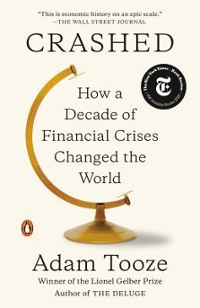Consider 2 firms competing in price on a market. Firms can either be Aggressive, or accommodating. If both firms are aggressive, each firm gets a profit of 0. If both are Accommodating, firm 1 gets a profit of 25, and firm 2 a profit of 15. When one firm is Aggressive and the other Accommodating, the firm being Accommodating gets a profit of -5 (Le. a loss) and the firm being Aggressive gets a profit of 40. (a) Write down the payoff matrix with firm 1 in row, firm 2 in column, and find the Nash equilibria if the game is played simultaneously and once. (5 points) (b) Consider a modified grim trigger strategy, call it T-grim trigger. It goes as follows: In the first period, the player is being Accommodating. For any subsequent period, keep being Accommodating until the other firm plays Aggressive. If the other firm is Aggressive, be Aggressive for T periods. After the T periods, be Accommodating again, and keep playing it until the other firm gets Aggressive etc... This is a forgiving version of the Grim trigger strategy. Write down the inequality (for a general T) for each firm so (T-grim trigger, T-grim trigger) is a Nash equilibrium (Tip: For the deviating strategy, list the payoffs over multiple periods. In order to find the pattern, look at the number of time periods between the same payoffs). (8 points) (0) Assume T = 0, Le. a deviating player is immediately "forgiven". For what discount factors 61 , 62 will (T-grim trigger, T-grim trigger) be a Nash Equilibrium? (5 points) (d) Assume T = 1, Le. a deviating player is "forgiven" after one period. For what discount factors 61 , 62 will (T-grim trigger, T-grim trigger) be a Nash Equilibrium? (5 points) (9) Assume T = 2, Le. a deviating player is "forgiven" after two periods. For what discount factors 61 , 62 will (T-grim trigger, T-grim trigger) be a Nash Equilibrium? (hint: you will need to use the following identity: 1 63 = (1 6)(1 + 6 + 62)). (5 points) (f) Assume T = 00, Le. a deviating player is never forgiven. For what discount factors 61 , 62 will (T-grim trigger, T-grim trigger) be a Nash Equilibrium? (hint: you will need to take the limit of (ST as T goes to 00). Compare 61 and 62 and explain the difference. (5 points)







